Data Science & Agentic AI
Flexi Learning Program For Working Professionals & College Students
Learn anywhere, anytime…

Key Benefits:
Learn at your own speed
LMS Access for 3 years
Live crash courses
Live project sessions
1:1 Mentorship for projects & assignments
Resume Building
Interview Preparation
Data Science Skills:
DBMS Programming
Data Analysis & Visualization
Predictive Modeling
Machine Learning
Deep Learning
Generative AI
Agentic AI
- Prompt Engineering

Learning Applications:

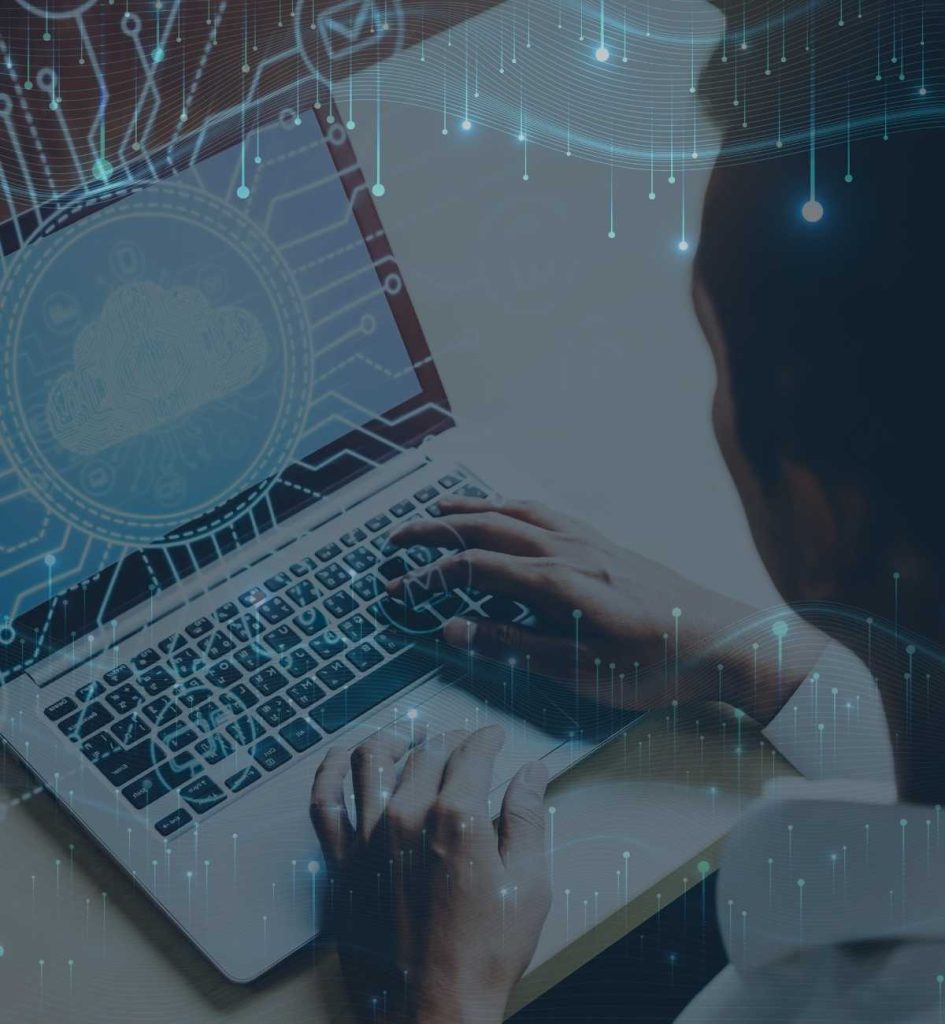
About This Program
Shape Your Career in AI & Data Science
The Flexi Learning Program (FLP) is designed for students and working professionals who are ready to transform their careers in the fast-growing fields of Data Science, Generative AI, and Agentic AI.
Whether you’re starting fresh or transitioning from another domain, FLP empowers you to learn at your own pace, gain industry-ready skills, and stay ahead in the global job market.
Program Curriculum
1.1 Overview of Data Science
Definition and importance of data science
The data science lifecycle
Key roles in data science: Data Analyst, Data Scientist, Data Engineer
1.2 Introduction to Excel for Data Analysis
Excel interface and basic operations
Data entry and formatting
Basic formulas and functions (SUM, AVERAGE, COUNT, MAX, MIN)
1.3 Advanced Excel Functions
Logical functions (IF, AND, OR, NOT)
Lookup functions (VLOOKUP, HLOOKUP, INDEX-MATCH)
Text functions (LEFT, RIGHT, MID, CONCATENATE)
Date and time functions
1.4 Data Cleaning and Preparation in Excel
Removing duplicates
Handling missing values
Text to columns
Data validation
1.5 Excel Pivot Tables and Charts
Creating and customizing pivot tables
Pivot charts and slicers
Calculated fields and items
1.6 Excel Data Analysis Tools
Descriptive statistics using Data Analysis ToolPak
Correlation and regression analysis
What-if analysis: Goal Seek and Scenario Manager
1.7 Introduction to Power Query
Importing data from various sources
Basic data transformation operations
Creating and managing queries
1.8 Excel Macros and VBA Basics
Recording and running macros
Introduction to VBA programming
Creating simple user-defined functions
2.1 Introduction to Databases and SQL
Relational database concepts
SQL overview and importance in data analysis
Setting up a database environment (e.g., MySQL, PostgreSQL)
2.2 Basic SQL Queries
SELECTstatement and retrieving dataFiltering with
WHEREclauseSorting with
ORDER BYLimiting results with
LIMIT/TOP
2.3 Working with Multiple Tables
Joins:
INNER,LEFT,RIGHT,FULL OUTERUNIONandUNION ALLSubqueries
2.4 Aggregations and Group Operations
Aggregate functions (
COUNT,SUM,AVG,MAX,MIN)GROUP BYclauseHAVINGclause for filtering groups
2.5 Advanced SQL Techniques
Window functions
Common Table Expressions (CTEs)
CASEstatementsHandling
NULLvalues
2.6 Data Manipulation with SQL
INSERT,UPDATE, andDELETEoperationsCreating and altering tables
Views and temporary tables
2.7 Optimizing SQL Queries
Understanding query execution plans
Indexing basics
Query optimization techniques
2.8 SQL for Data Analysis Projects
Cohort analysis
Customer segmentation
Funnel analysis
Time series analysis with SQL
3.1 Introduction to Tableau
Overview of Tableau products
Tableau interface and workspace
Connecting to data sources
3.2 Creating Basic Visualizations
Bar charts and histograms
Line charts and area charts
Scatter plots and bubble charts
Pie charts and treemaps
3.3 Working with Dimensions and Measures
Understanding dimensions and measures
Discrete vs. continuous fields
Changing aggregation methods
Creating calculated fields
3.4 Advanced Chart Types
Box plots and violin plots
Gantt charts
Bullet graphs
Waterfall charts
3.5 Maps and Geospatial Analysis
Creating basic maps
Custom territories and geocoding
Using map layers
Spatial calculations
3.6 Dashboards and Stories
Designing effective dashboards
Adding interactivity with actions and filters
Creating Tableau stories for presentations
3.7 Advanced Tableau Techniques
Table calculations
Level of Detail (LOD) expressions
Parameters and what-if analysis
Trend lines and forecasting
3.8 Tableau Best Practices and Optimization
Performance optimization techniques
Best practices for visual design
Sharing and publishing visualizations
Tableau Server basics
4.1 Introduction to Power BI
Overview of Power BI suite (Desktop, Service, Mobile)
Power BI interface and components
Connecting to various data sources
4.2 Data Transformation with Power Query
Power Query Editor interface
Basic data cleaning operations
Combining and merging queries
Creating custom columns and measures
4.3 Data Modeling in Power BI
Creating relationships between tables
Star schema vs. snowflake schema
Hierarchies and date tables
Best practices for data modeling
4.4 DAX (Data Analysis Expressions)
Introduction to DAX language
Creating calculated columns and measures
Time intelligence functions
Advanced DAX functions (
CALCULATE,FILTER,ALL)
4.5 Visualizations in Power BI
Creating and customizing standard charts
Matrix and table visualizations
Custom visuals from AppSource
Creating and using map visualizations
4.6 Power BI Reports and Dashboards
Designing effective reports
Implementing interactivity with slicers and filters
Creating and sharing dashboards
Mobile-optimized reports
4.7 Power BI Service and Collaboration
Publishing reports to Power BI Service
Creating app workspaces
Implementing row-level security
Sharing and collaborating on reports
4.8 Advanced Power BI Features
Power BI Dataflows
AI insights and quick measures
Real-time streaming datasets
Embedding Power BI reports
5.1 Introduction to Python
Setting up Python environment (Anaconda, Jupyter Notebook)
Python syntax and basic data types
Control structures (if-else, loops)
Functions and modules
5.2 Data Structures in Python
Lists, tuples, and dictionaries
Sets and arrays
List comprehensions
Working with strings
5.3 NumPy for Numerical Computing
NumPy arrays and operations
Array indexing and slicing
Broadcasting
Linear algebra operations
5.4 Pandas for Data Manipulation
Series and DataFrame objects
Reading and writing data (CSV, Excel, SQL)
Data cleaning and preprocessing
Merging, grouping, and aggregating data
5.5 Data Visualization with Matplotlib and Seaborn
Creating basic plots with Matplotlib
Customizing plot appearance
Statistical data visualization with Seaborn
Interactive plotting with Plotly
5.6 Exploratory Data Analysis (EDA)
Descriptive statistics
Correlation analysis
Handling missing data
Outlier detection and treatment
5.7 Web Scraping and API Interaction
HTML basics and inspecting web pages
Web scraping with BeautifulSoup
Working with APIs (
requestslibrary)Parsing JSON data
5.8 Introduction to Object-Oriented Programming (OOP)
Classes and objects
Inheritance and polymorphism
Creating custom data structures
Best practices in OOP for data science
6.1 Introduction to Machine Learning
Types of machine learning (supervised, unsupervised, reinforcement)
The machine learning workflow
Train-test split and cross-validation
Bias-variance tradeoff
6.2 Scikit-learn Library
Overview of scikit-learn
Data preprocessing techniques
Feature selection and engineering
Pipeline and
FeatureUnion
6.3 Supervised Learning: Regression
Linear regression
Polynomial regression
Regularization techniques (Ridge, Lasso)
Decision trees and random forests for regression
6.4 Supervised Learning: Classification
Logistic regression
Support Vector Machines (SVM)
Decision trees and random forests for classification
Naive Bayes classifiers
6.5 Unsupervised Learning
K-means clustering
Hierarchical clustering
Principal Component Analysis (PCA)
t-SNE for dimensionality reduction
6.6 Ensemble Methods
Bagging and Random Forests
Boosting algorithms (AdaBoost, Gradient Boosting)
Stacking ensembles
Voting classifiers
6.7 Model Evaluation and Hyperparameter Tuning
Metrics for regression and classification
Confusion matrix and ROC curves
Grid search and random search
Automated machine learning (AutoML) tools
7.1 Introduction to Neural Networks
Artificial neurons and activation functions
Feedforward neural networks
Backpropagation algorithm
Gradient descent optimization
7.2 Deep Learning Frameworks: TensorFlow and Keras
TensorFlow basics and computational graphs
Keras API overview
Building and training simple neural networks
Saving and loading models
7.3 Convolutional Neural Networks (CNNs)
Convolution and pooling operations
CNN architectures (LeNet, AlexNet, VGG)
Transfer learning with pre-trained models
Image classification and object detection
7.4 Recurrent Neural Networks (RNNs)
Sequential data and RNN architecture
Long Short-Term Memory (LSTM) networks
Gated Recurrent Units (GRUs)
Applications in text generation and sentiment analysis
7.5 Autoencoders and Generative Models
Autoencoder architecture and applications
Variational Autoencoders (VAEs)
Introduction to Generative Adversarial Networks (GANs)
Style transfer and image generation
7.6 Natural Language Processing with Deep Learning
Word embeddings (Word2Vec, GloVe)
Sequence-to-sequence models
Attention mechanisms
Transformer architecture and BERT
8.1 LLM Models from Hugging Face
Installing and setting up Hugging Face environment
Pretrained language models and their usage
NLP tasks with Hugging Face (classification, NER, Q&A, text generation)
Hugging Face Pipelines for streamlining NLP workflows
Fine-tuning pretrained models for specific tasks
Deploying Hugging Face models to different environments
Case Study: Bank Customers Complaints Classification
8.2 LangChain Fundamentals
Introduction to LangChain
Getting started with LangChain installation and setup
Main components in LangChain
Working with LangChain and OpenAI
LangChain with Hugging Face models
LangChain Chains and working with Prompts
8.3 LangChain Model I/O
Basic Document Loader and Chain on loaded documents
CSV Loader and WebBaseLoader
Wikipedia, PyPDFLoader, and BSHTMLLoader
Output Parsers: CSV Parser and Pydantic
8.4 LangChain – Retrieval-Augmented Generation (RAG)
Building a Retrieval Chain
Understanding Refine, MapReduce, and MapRerank
Embeddings: understanding, download, and visualization
Prompt composition and templates
Using multiple LLMs (Chains)
Working with Data Loaders and Text Splitters
Introducing ChromaDB
Working with various Chains (Conversational Retrieval QA, Retrieval QA, Summarization, API)
8.5 LangChain Memory and Chatbots
Concept of Memory and
ConversationBufferMemoryFour types of memory in LangChain
Building applications with memory
Chatbot using LangChain and
ConversationalRetrievalChainChatbot with RAG
Tool-Chatbot: talk to multiple documents
8.6 LangChain Agents and Tools
Concept of Tools and LangChain Agents
ReAct (Reasoning and Acting) prompting
SerpApiTool and PPT Maker AppCSV Agent and App: Talk to your Data
Creating custom tools
9.1 Introduction to Agentic AI
Understanding AI agents vs. traditional AI models
What makes AI agentic: autonomy, goals, and tool use
The role of LLMs in agent-based systems
Real-world applications and use cases
Overview of the agent ecosystem (frameworks, orchestration, integrations)
9.2 Core Concepts and Architecture
Key components: Perception, Reasoning, Planning, Action
Memory systems: short-term vs. long-term memory in agents
Prompt engineering for agents
Multi-agent collaboration patterns
Evaluation metrics for agents
9.3 Agentic AI Frameworks Overview
Comparing major frameworks: AutoGen, CrewAI, LangChain Agents, LlamaIndex Agents
When to use which framework — trade-offs and strengths
Interoperability between frameworks
Case studies of production-grade agent systems
9.4 Building with AutoGen
Introduction to AutoGen and its architecture
Creating single-agent workflows
Multi-agent conversations and task delegation
Integrating tools and APIs with AutoGen agents
Error handling and resilience in AutoGen agents
Project: Build a two-agent research & writing system
9.5 Building with CrewAI
CrewAI basics and setup
Roles, skills, and task distribution in CrewAI
Orchestrating multiple agents for a business process
Dynamic role assignment and runtime decision-making
Integrating external APIs with CrewAI agents
Project: Build a customer-support agent crew
9.6 n8n for Agentic Automation
Introduction to n8n as a visual workflow orchestrator
Connecting LLMs and agents into n8n workflows
Webhooks, triggers, and event-driven agents
Passing context between n8n nodes and agents
Real-time data pipelines for agents using n8n
Project: Build a Telegram chatbot agent with n8n backend
9.7 MCP (Model Context Protocol)
Understanding the MCP specification
How MCP enables tools and data access for agents
Setting up an MCP server and integrating it into workflows
MCP client-server communication in agent systems
Using MCP with AutoGen, CrewAI, and n8n
Project: Create an MCP-enabled knowledge retrieval agent
9.8 Scaling Multi-Agent Systems
Strategies for scaling agent-based systems
Resource management and orchestration at scale
Monitoring, debugging, and logging in agent ecosystems
Real-world challenges and solutions in deploying multi-agent AI
Why Choose FLP?

01 - Learn at Your Own Speed
Study anytime, anywhere — fit learning into your schedule without compromising your commitments.

02 - Profile & Resume Building
Showcase your skills with a professional profile designed to stand out.

03 - On-Demand Live Crash Courses
Join live sessions whenever you need to deep-dive into specific topics.

04 - One-to-one mentorship
Showcase your skills with a professional profile designed to stand out.
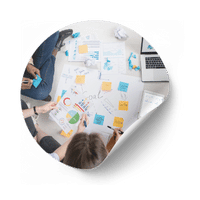
05 - Live Industry Projects
Work on real-world, industry-driven projects to gain hands-on experience.

06 - 3-Year LMS Access
Access learning materials, recorded sessions, and resources for continuous growth.
Key Benefits of FLP?

01
Flexibility to learn without disrupting your job or studies

02
Build a strong portfolio with real industry projects

03
Access to industry experts and mentors

04
Stay relevant with evolving AI technologies

05
Career opportunities in India & abroad
Program Domains Covered

01
Data Science Fundamentals & Advanced Concepts
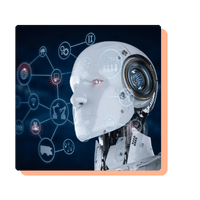
02
Generative AI (Gen AI) Models & Applications
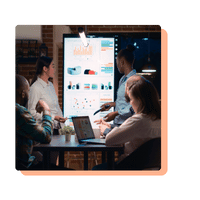
03
Data Engineering & Visualization

04
AI Ethics, Security & Future Trends
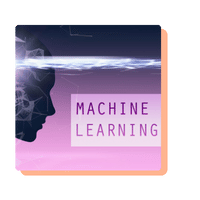
05
Machine Learning & Deep Learning
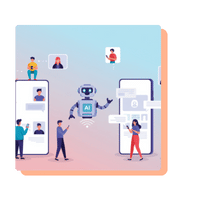
06
Agentic AI – Intelligent Agents & Automation
Hands on industry projects?

Retail Marketing
The retail industry is evolving rapidly, with significant changes compared to a decade ago. With global sales worth trillions of dollars, the sector is expected to grow even further in the coming years.
Data Analytics provides powerful tools for making reliable and strategic decisions in retail. From customer retention to sales prediction, businesses can leverage data-driven models to achieve the best possible outcomes and stay competitive.
DV Analytics Retail Solutions include (but are not limited to):
Targeted customer communication
Price optimization
Demand prediction and inventory management
Customer experience enhancement
Market trend prediction
Customer retention
Strategic business decisions to increase sales

Banking
The world we live in is evolving every day, and the retail market has seen significant changes compared to a decade ago. With sales worth trillions of dollars worldwide, the industry is expected to grow even further in the coming years.
Data Analytics can be applied in the retail sector to make reliable and informed decisions. From customer retention to sales prediction, data-driven models provide effective solutions that help businesses stay competitive and achieve sustainable growth.
Some of the Telecom analytics solutions that DV Analytics offers are:
Customer identification and acquisition
Portfolio analysis and risk management
Customer retention
Credit risk analysis
Collection analysis
Marketing analysis

Telecom
The telecommunication industry has experienced extraordinary changes over the past few decades. From satellite internet to 5G services, the sector continues to expand alongside rapid technological advancements. With every company striving to deliver the best services to customers, achieving a competitive advantage has become increasingly challenging.
Telecommunication data analytics (telecom analytics) provides solutions to complex business problems by leveraging methods such as data mining, data manipulation, descriptive modeling, and predictive modeling. By analyzing existing trends, businesses can identify the most favorable outcomes. Data analytics can also reduce operational costs, maximize profits, increase sales, and manage risks effectively.
Some of the Telecom analytics solutions that DV Analytics offers are:
Risk management
Profit-based customer segmentation
Social networking analysis
Customer sentiment analysis
Revenue forecasting
Churn prediction
Fraud prevention
Average revenue per unit (ARPU)

E-Commerce
E-commerce refers to trade conducted over the internet. Through online stores, customers can purchase a wide variety of products using computers, tablets, smartphones, or other smart devices.
Since e-commerce businesses operate in a virtual space, they require effective analytics to anticipate market changes and customer behavior. E-commerce analytics provides actionable insights into shopper interactions, online shopping trends, and customer interests. By applying statistical approaches, businesses can predict changes in the market, analyze risks, and make smarter business decisions.
DV Analytics solutions can help you in the following:
Customer identification and acquisition
Portfolio analysis and risk management
Customer retention
Credit risk analysis
Collection analysis
Marketing analysis

Healthcare
Healthcare is a broad term that covers hospital services, medical devices, pharmaceuticals, insurance services, and other medical care provided to individuals and communities. It is often said that prevention is better than cure. While not every event can be prevented, preparation through data-driven insights can make a significant difference.
By gathering data, analyzing trends, and predicting possible outcomes, the applications of Data Analytics in healthcare are limitless. Insights derived from healthcare data support smarter decisions that can improve patient care, optimize operations, and create meaningful business impact.
DV Analytics solutions can help you in the following:
Risk analysis
Insurance claim analysis
Operations analysis
Patient care analysis
Performance monitoring
Operational and interactive dashboards
Our Successful Students
























Hiring Companies






Contact
📞 Phone
Bangalore Training Center: +91 90190 30033
Bhubaneswar Training Center: +91 80958 81188
✉️ Email: info@dvanalyticsmds.com
🌐 Website: www.dvanalyticsmds.com
🏢 Office Addresses
Bangalore Training Center:
#52, CMV Complex, 2nd & 3rd Floor,
Maruthi Nagar, Malleshpalya,
Bengaluru, Karnataka – 560075
- Bhubaneswar Training Center:
Plot No. A/7, Adjacent to Maharaja Cine Complex,
Bhoinagar, Acharya Vihar,
Bhubaneswar – 751022
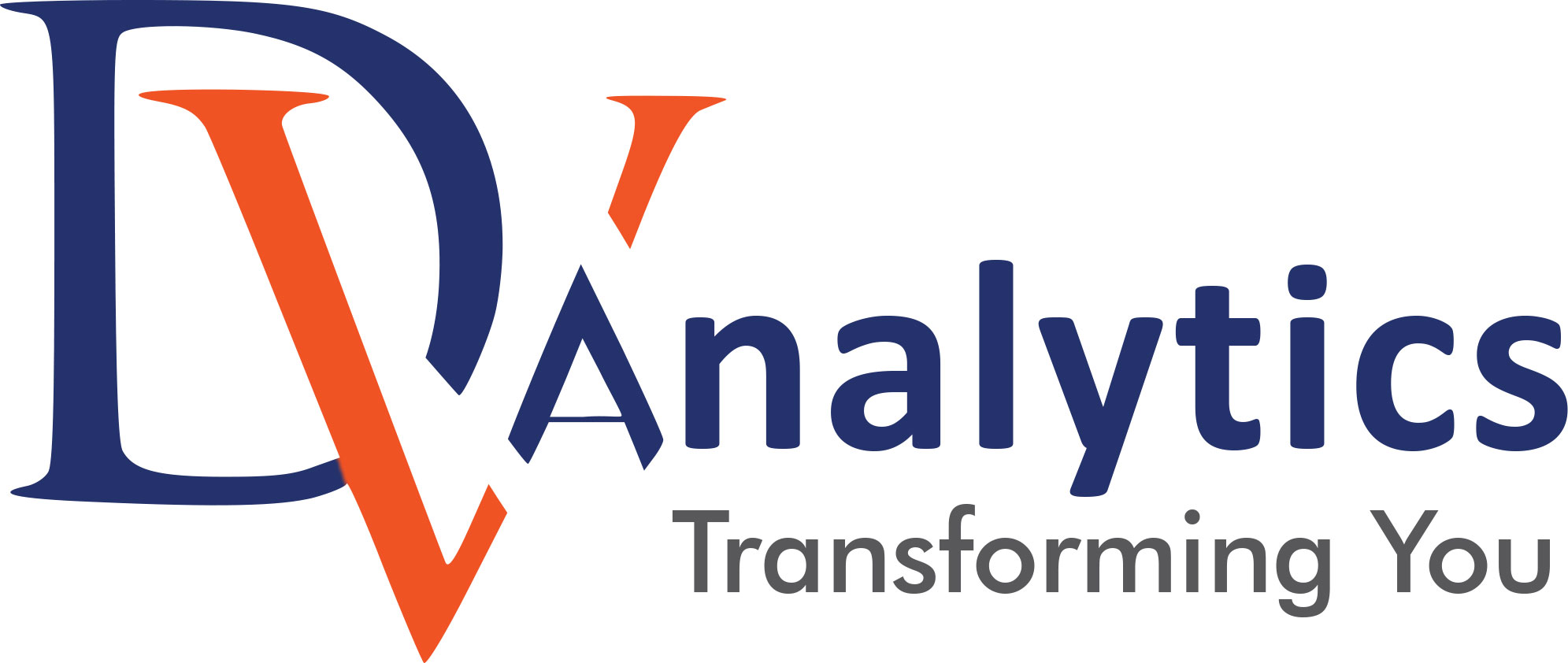 SINCE 2010
SINCE 2010